The hallmark of innovative technology isn't necessarily how it transforms the way things are done in one sector, but rather across multiple industries.
While the testo 160 Wi-Fi data logger series was originally created with artwork preservation in mind, its uses extend far beyond galleries and museums. Laboratories and areas where public safety is of the utmost importance can also benefit from the instrument.
Preservation of specimens
Humidity and ultraviolet (UV) light exposure can have a devastating effect on organic materials, like oils and watercolours found in paintings. Too much exposure can cause a reaction that breaks down the compounds, which can degrade their integrity over time. The same can also be said for bacteria and other materials commonly found in laboratories, such as epoxy resin.
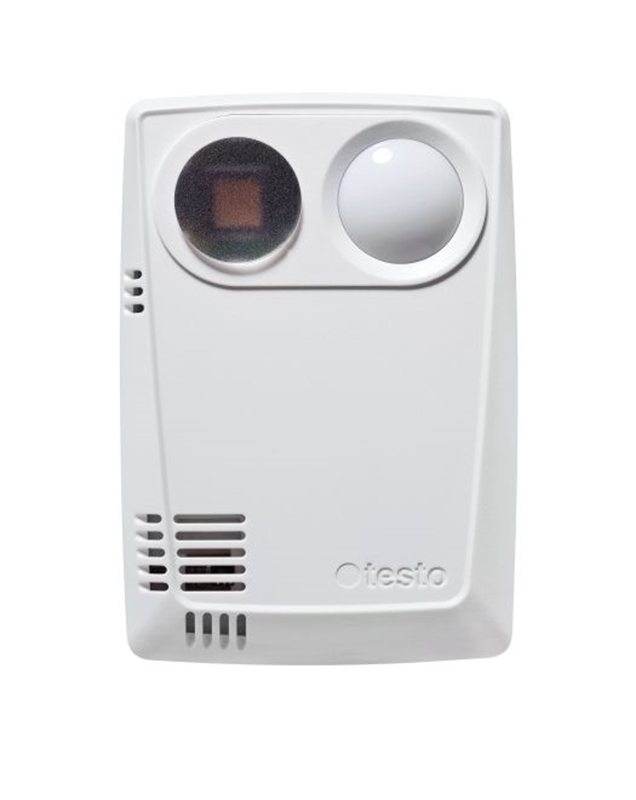
Take the former for example; one study from Clayton State University found that electromagnetic radiation can set off harmful mutations in bacteria. One of the two causes of this is non-ionizing radiation, which comes from too much UV light exposure. In the same vein, the durability of epoxy resin is reduced extensively through prolonged UV light exposure, according to a study published in the Molecular Diversity Preservation International journal.
Testing for UV light in a laboratory can be a tedious manual process. With the testo 160 THL, continuous readings of UV light, temperature and humidity can all be taken in the background, with alerts sent once a threshold is crossed. This frees up valuable time for researchers and allows them to focus on the task at hand.
Keeping citizens safe
The ozone is slowly depleting, yet it remains the most important defence for harmful UV rays on Earth. The World Health Organization found that ozone concentration had declined between 6 and 7 per cent in Australia and New Zealand between 1980 and 1990, prompting an increase in ground-level UV radiation. The organisation believes this will continue into 2020, and estimates a 10 per cent increase in UV exposure relative to 1980 levels in New Zealand.
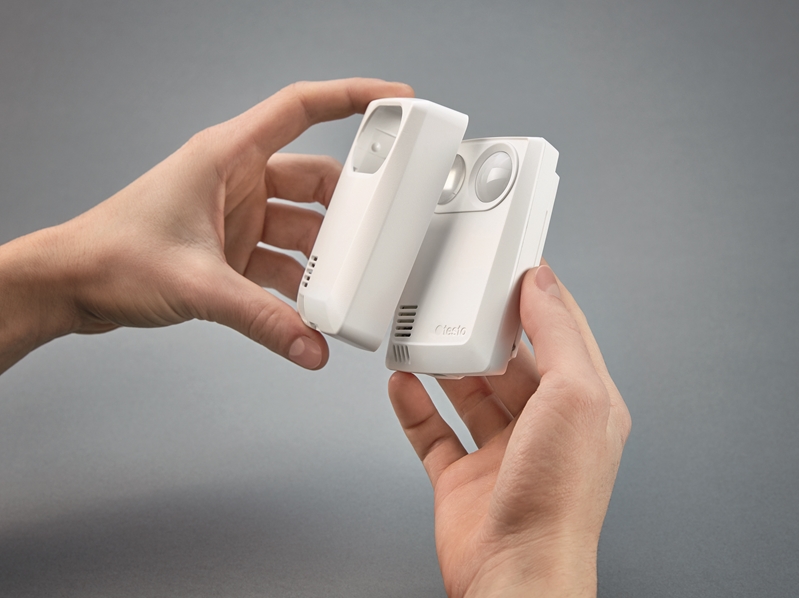
As the threat of UV light exposure becomes more prevalent – sunburns, skin cancer and eye damage are all byproducts – it'll become incredibly important for areas like pools and beach fronts to install UV light data loggers like the testo 160 THL. This allows the city council and research scientists to better understand the UV levels that day, gather historical data and provide due diligence for public safety.
The testo 160 Wi-Fi data logger is establishing itself as a versatile tool. Contact a Testo representative today to learn more.



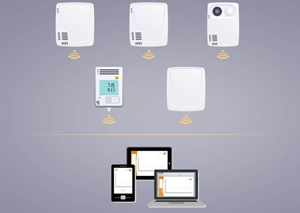
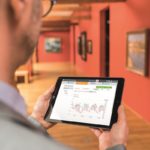
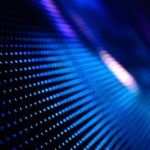
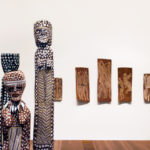
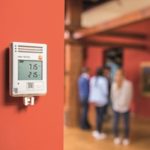

 Reduce cooking oil costs while ensuring quality
Reduce cooking oil costs while ensuring quality Expert knowledge on CO2 monitoring
Expert knowledge on CO2 monitoring Refrigeration knowledge - in 3 modules
Refrigeration knowledge - in 3 modules



